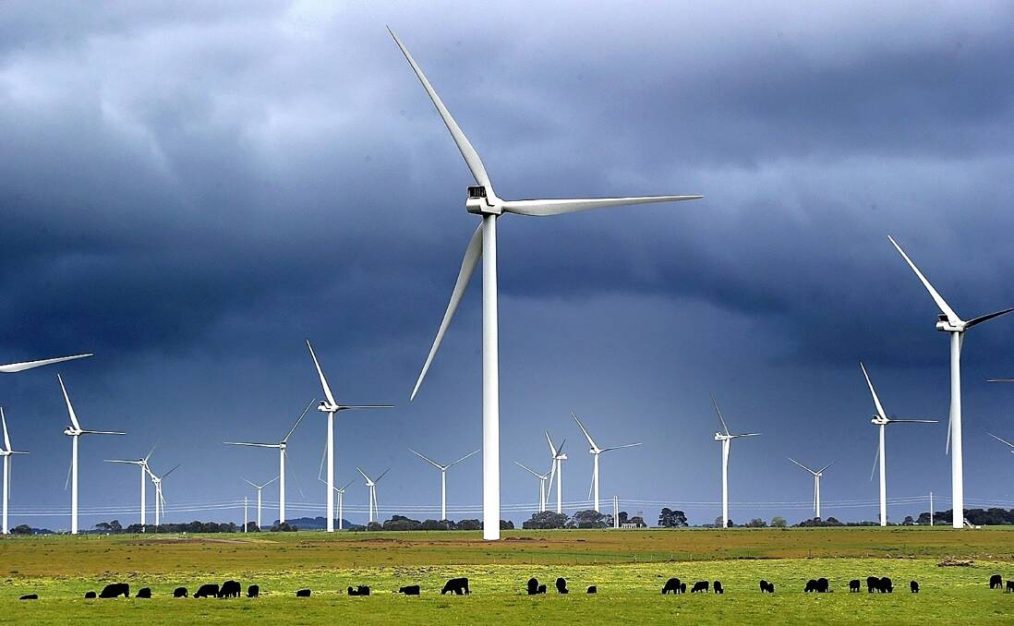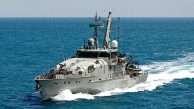
Wind Farm to Close as Cost of Repowering is Too High
Valley News
In what may be an early indicator of the future challenges facing Australia’s ageing wind farm fleet, renewable energy company Pacific Blue has announced that it will not repower the Codrington wind farm in Victoria due to prohibitive costs.
Commissioned in 2001, the 18.2-megawatt (MW) Codrington wind farm will be decommissioned by 2027. Despite being ideally positioned near Port Fairy in southwest Victoria to harness the powerful Southern Ocean winds, Pacific Blue has deemed the cost of repowering too great.
“At this stage, Pacific Blue is not pursuing a repowering option for Codrington, as the site’s grid connection would require significant upgrades and today’s turbine siting requirements would preclude the installation of latest generation turbines, resulting in a non-financially viable project,” a company spokesperson said.
Repowering a wind farm is not merely a matter of replacing old turbines with new ones. Codrington’s current turbines, designed in the 1990s, are rated at just 1.3 MW each, with a hub height of 50m and a blade tip height of 81m. Modern turbines, by contrast, are rated between 6 MW and 8 MW, with tip heights exceeding 200m.
These larger turbines require new foundations, new spacing configurations, and upgraded infrastructure to integrate the additional power into the grid. This means navigating complex regulatory approval processes and securing new grid connection agreements. The cost of replacing a single turbine today ranges between $3 million and $5 million, making the financial viability of repowering uncertain.
The closure of Codrington highlights a looming issue for Australia’s renewable energy sector: the high cost of maintaining and upgrading wind farms as they reach the end of their operational lifespan. Other ageing wind farms will face similar challenges, with increasing costs making repowering projects less viable.
Also nearing the end of its operational life is the neighbouring 30 MW Yambuk wind farm, commissioned in 2007. While Pacific Blue has yet to disclose its plans for Yambuk, the financial pressures suggest that decommissioning could be the most likely outcome.
The broader 195 MW Portland wind project, which includes four wind farms completed in 2011, may also face similar cost challenges in the near future. As more first-generation wind farms approach the end of their design life, Australia may soon witness a wave of closures, raising questions about the long-term sustainability of wind energy infrastructure.
Pacific Blue has begun discussions with the Moyne Shire Council, state authorities, and regulators regarding decommissioning plans. Under its operating permit, decommissioning must be completed within 12 months of Codrington ceasing operations. Community consultation will play a role in determining how the site will be rehabilitated and how much of the infrastructure can be recycled.
The impending closure of Codrington serves as a stark reminder of the hidden costs associated with renewable energy projects. As more wind farms reach the end of their service life, governments and investors will need to consider the economic realities of repowering, decommissioning, and replacing ageing infrastructure. Without long-term planning and substantial investment, the promise of wind energy could be overshadowed by its escalating lifecycle costs.





Socialism has had its go and has proven to be far too unreliable and expensive. It is now time to go with the most reliable and proven method of Energy Production that man has devised, Nuclear. 90 years of reliable power compared to 20-25 years of intermittent power? is there a challenge??
One would think that there is enough Brain Power amongst all those talking heads in Canberra who could come up with the same solution and see the Light to reliable Power.
The life of a wind farm is about 20 years same for solar. The life of a nuclear plant is 80 years. So it would require a further three installations to match a nuclear. What would be the cost of that? On top of that windmill blades cannot be recycled nor can solar panels and there will be millions.The cost of socialism is going to be very high.
Consider land footprint for nuclear vs wind farm: A 1000MW nuclear plant has a footprint of ca. 1.3 square miles. A 1000 MW wind farm has a land footprint of ca. 100 square miles ( ca. .1 square miles per MW for wind X 1000 MW = 100square miles). Next consider “capacity factor”: Capacity factor is, in essence, simply availability. Nuclear plants have a capacity factor of ca. 94 % (i.e., online and available around 94 % of the time). Wind power has a capacity factor of ca. 20 % -30 %. Additionally, lifetime kwh cost for wind is ca. 3 times as expensive as nuclear.